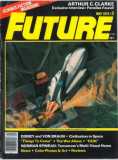
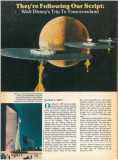
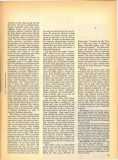
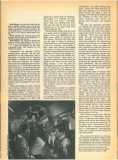
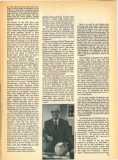
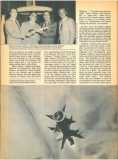
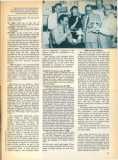
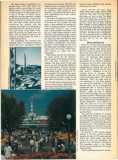
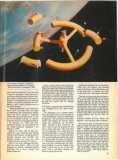
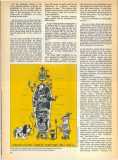
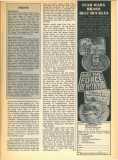
Disney's Space Films of the Fifties Led the Way for the Apollo Program & the Exploration of the Planets
On March 9, 1955 television audiences across the country tuned in to Walt Disney’s Disneyland TV series were in for a shock. As the narrator finished his introduction and the familiar sight of Sleeping Beauty’s castle faded from view, Disney fans found themselves gazing at something quite out of the ordinary. There, on the screen, was not Mickey Mouse, nor Donald Duck nor even Davy Crockett. Seated in his office was Walt Disney himself, holding a sleek model of a rocket. On that Wednesday evening, for the first time in the show’s history, Walt Disney was preparing his audience for a trip into Tomorrowland with a startling vision of things to come!
“In our modern world,” began Disney, “everywhere we look we see the influence science has upon our daily lives. Discoveries that were miracles a few short years ago are accepted as commonplace today. Many of the things that seem impossible now will become realities tomorrow. One of man’s oldest dreams has been the desire for space travel — to travel to other worlds. Until recently, this seemed to be an impossibility, but great new discoveries have brought us to the threshold of a new frontier — the frontier of interplanetary space.”
Keeping the rocket model in full view, Disney outlined what the viewers would soon be encountering. He promised to "give a factual picture of the latest plans for man’s newest adventure,” using both accepted facts and perceptive theories to give shape and substance to the great leap into space. That evening’s first Tomorrowland presentation, “Man In Space,” was to be the first of three “science factual” presentations that would take Disney fans into the mysteries of deep space during the next three years. The shows combined meticulously researched data with mindboggling visuals and old fashioned animation slapstick, using the skills of the entire Disney staff — led by director Ward Kimball — and the minds of some of the greatest names of science in the 1950s. The three Tomorrowland presentations garnered worldwide acclaim and, perhaps, even played a part in furthering the American space program. But, in order to understand the making of the shows themselves, one really has to explore their origins in the years before Disney’s spectacular series had even been conceived of as TV fare.
[…]